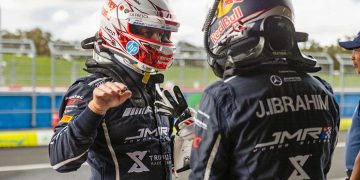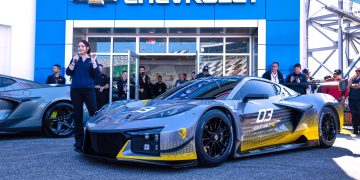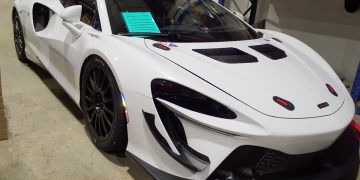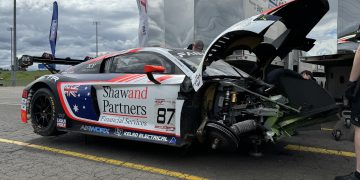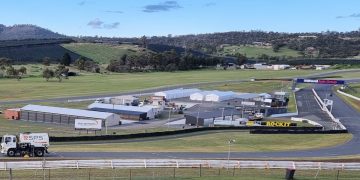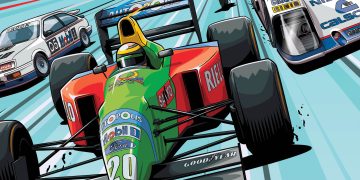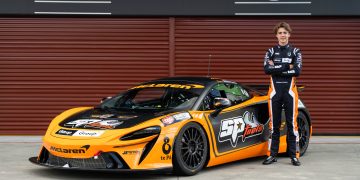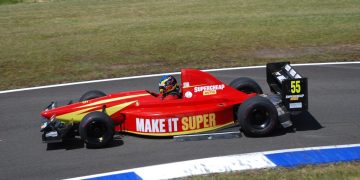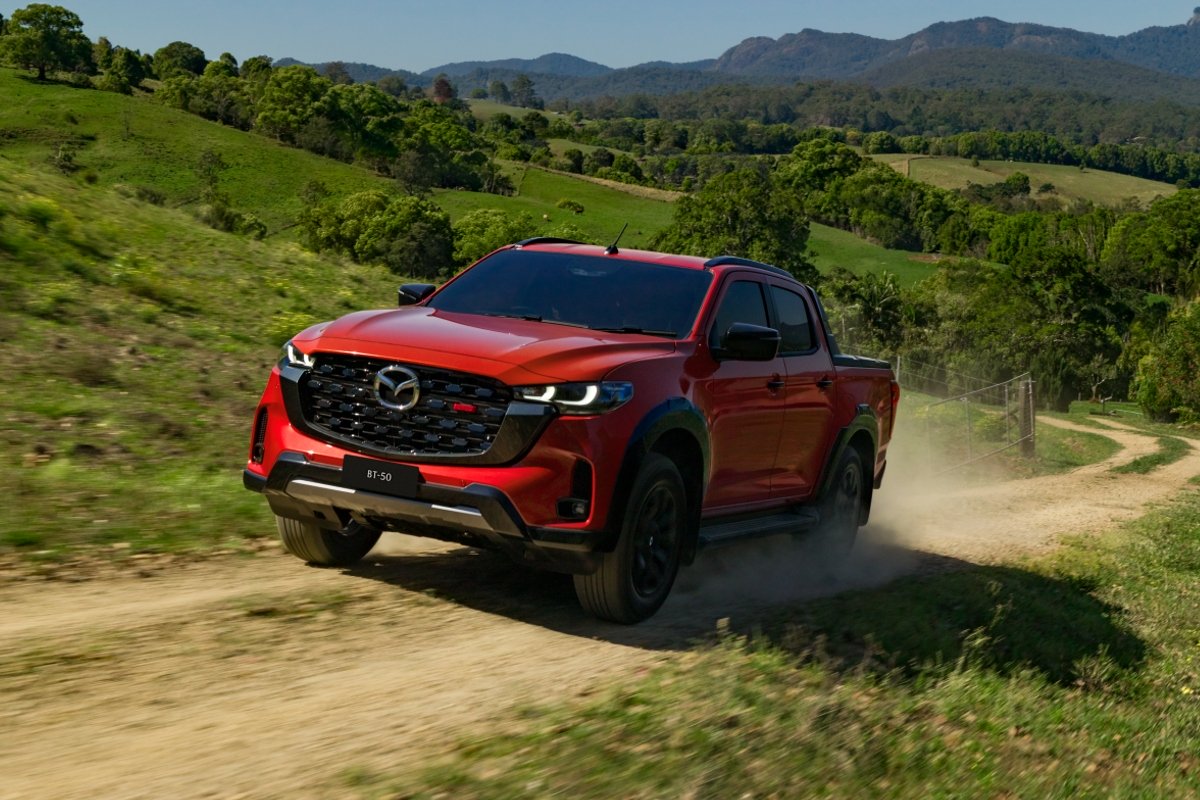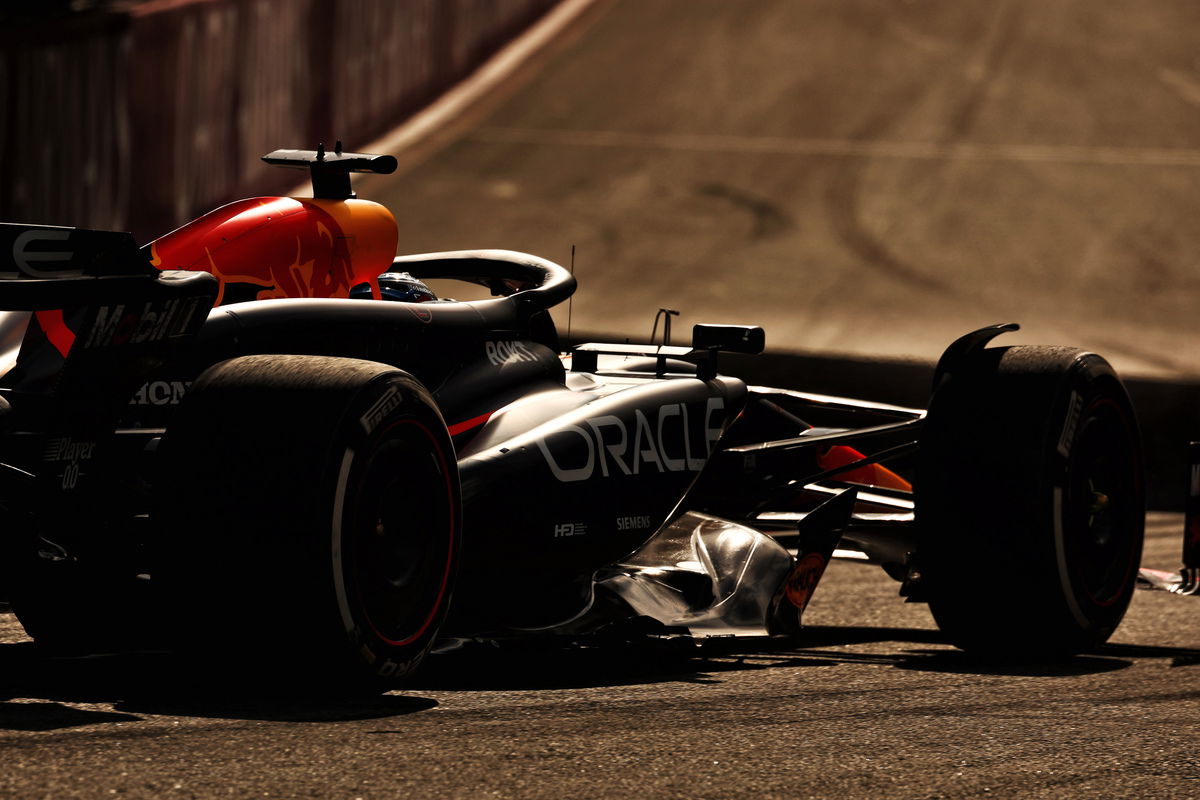
The volume of F1 engines has dropped since introducing hybrid power in 2014, making a noticeable negative impact on fan’s visceral experience.
Though the engine note has increased and changed over the past decade, it remains a far cry from the shrill of previous generations of F1 engines.
Works remains ongoing in developing the next generation of regulations, both chassis and power unit, which will see an increased reliance on electrification from the power unit.
Those regulations are all but locked in – and are expected to be confirmed in the coming weeks – meaning any meaningful change to the sound of the engines will have to wait until the regulation set beyond that.
“As soon as the 2026 regulations are defined, we will start to think about what the next steps will be, such as the 2030 engine,” said Domenicali.
“It is a personal consideration of mine, not yet shared with the teams, even if we have spoken about it with the FIA, that if sustainable fuels work, we will need to carefully evaluate whether to continue with hybrid [power units] or whether better solutions will be available.”
Formula 1 is developing a sustainable fuel that will be a key pillar for the sport’s next generation of regulations.
According to Domenicali, that work may open the door for changes to the power unit rules going forward – which could be an opportunity to increase the volume once more.
“In recent weeks there has been an alignment between the various parties involved, and the publication of the 2026 regulations should take place on 1 June,” the F1 boss said
“The FIA will then explain the changes, which are many.
“And it will be important to clarify as best as possible because I have read a series of interpretations that do not correspond to what the new regulations will be.”
While the fan experience has been impacted by the introduction of hybrid engines, there has been a technical impact too.
The weight of cars has increased significantly over recent years, a point bemoaned by drivers.
A reassessment of the hybrid technology could mean a reduction in car weight in addition to an increase in the volume.
“By keeping the hybrid power unit solution also for 2026, a significant increase in weight is inevitable,” Domenicali conceded.
“If we compare a prediction of the 2026 single-seater with a car from 10 years ago, we can see that weight has become a significant issue.
“All drivers would like to have lighter cars, and personally I would also like a slightly larger sound.
“On this last front, we are working to try to increase the number of decibels.
“From the research we are carrying out, it emerges that all markets, and all age groups, want a better sound as well as the energy and vibrations that only a certain type (of engine) is capable of transmitting when you are close to the track.”

